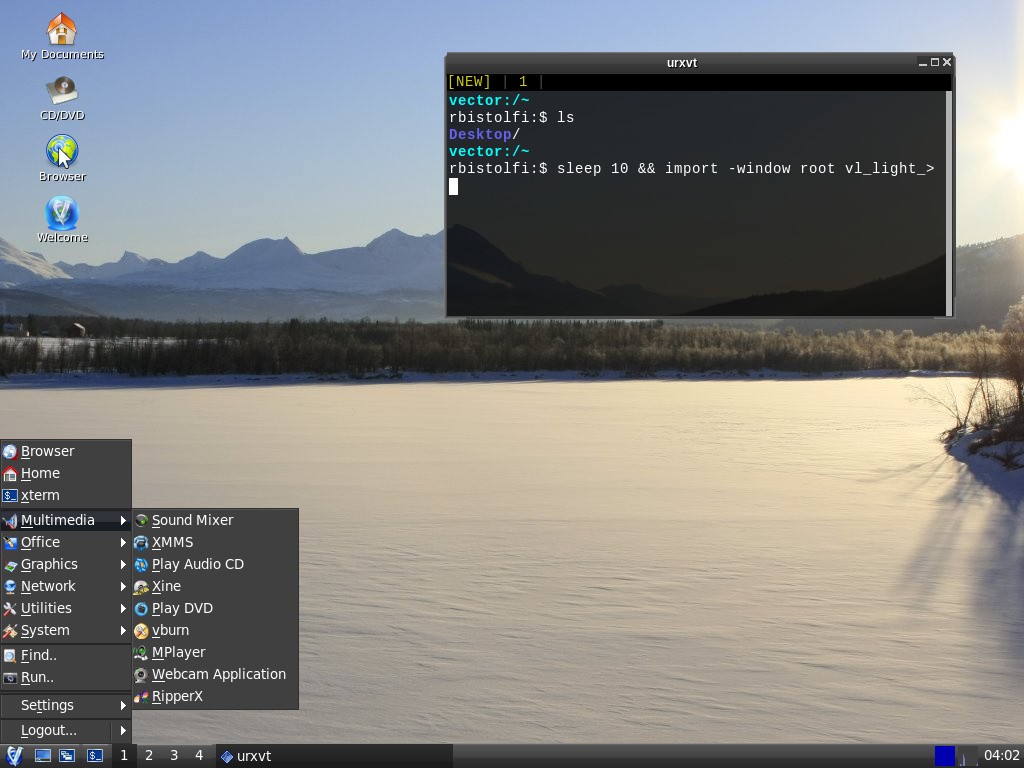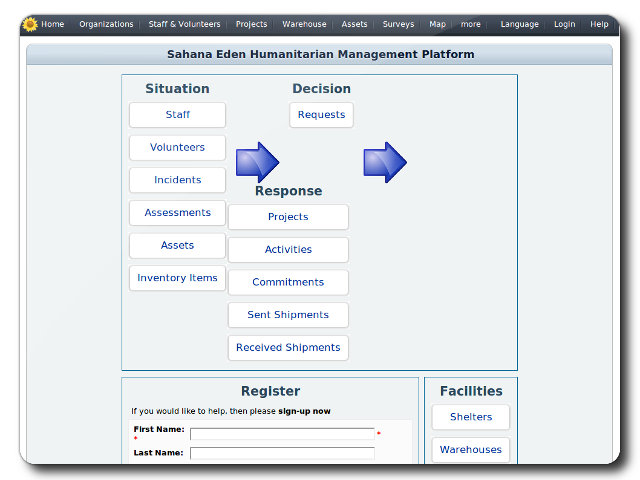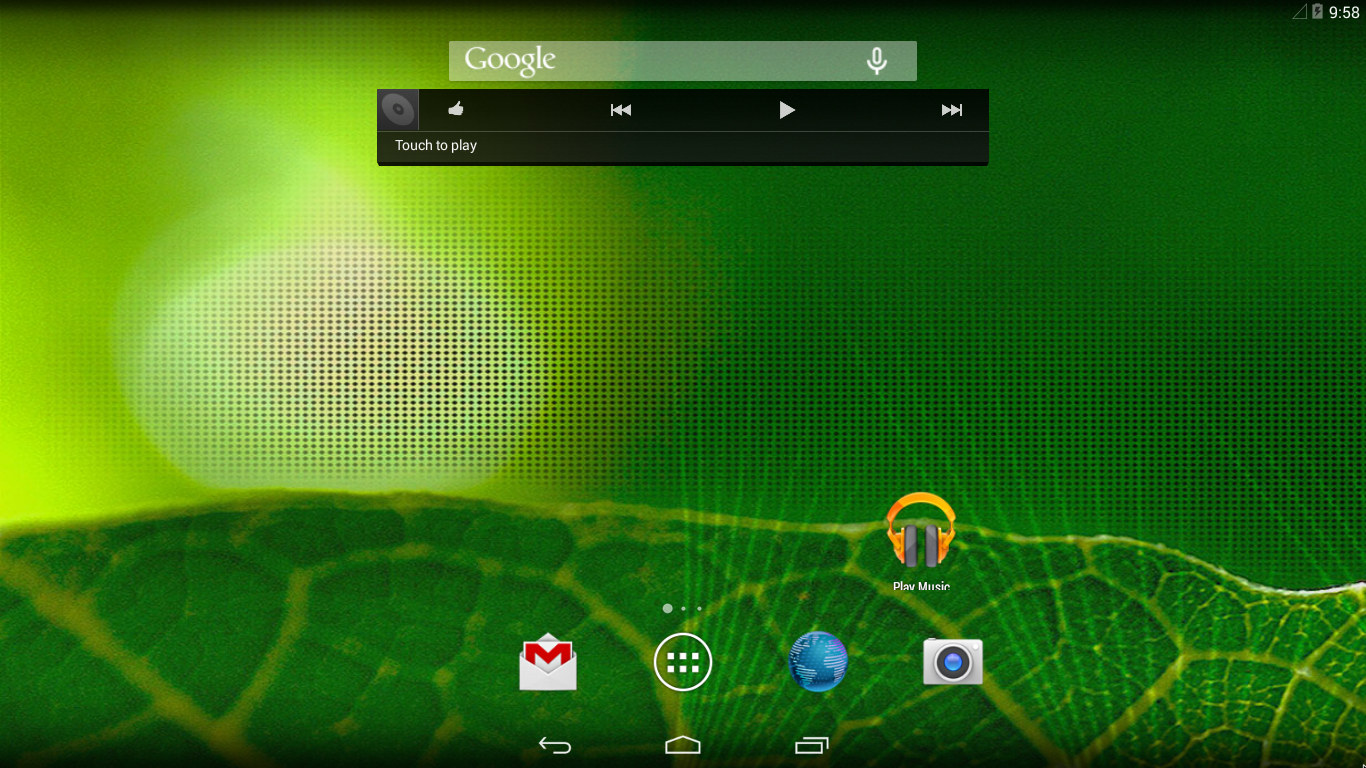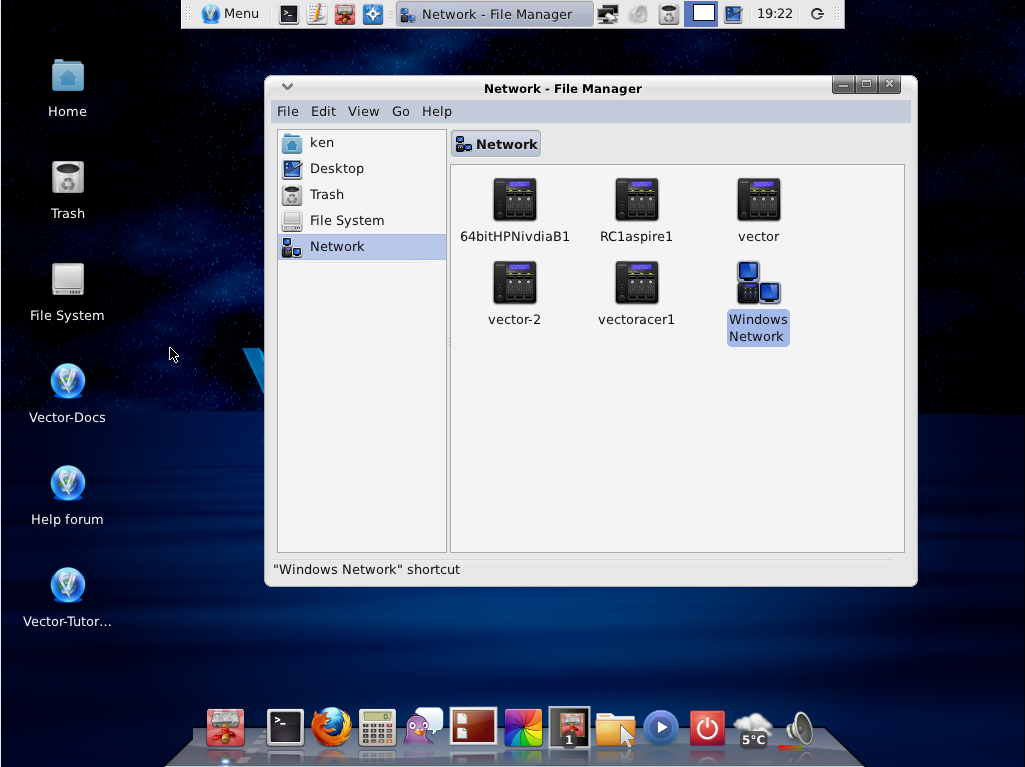VectorLinux Light is an open-source and completely free operating system derived from the Slackware Linux distribution and designed from the ground up to be as lightweight as possible, suitable for low-end machines and computers with old and semi-old hardware components.
It’s distributed as an installable-only, dual-arch and hybrid CD image
The Light edition of VectorLinux is distributed as an installable-only, dual-arch and hybrid ISO image, which can only be installed on a disk drive, supports both 32-bit (i386) and 64-bit (x86_64) hardware platforms and is deployable on CD discs or USB flash drives.
This edition uses a text-mode installer
From the boot menu of the ISO image, the user can only start the text-mode installer by pressing the Enter key. You will be asked to select a keyboard layout and start the installation process by partitioning the disk, choosing an installation method, installing the bootloader, configure the timezone and network.
Once again, please note that the entire installation process takes place in text-mode and will take approximately 10 minutes to complete, depending on your computer’s specs.
The graphical session is lightweight, powered by IceWM or LXDE
During the installation, you will be able to choose between the IceWM window manager (Light) or the LXDE desktop environment (Full). However, there are two more installation modes you may want to use, so choose those if you don’t endorse either of the aforementioned graphical environments.
A lightweight distribution of Linux derived from Slackware
Summing up, VectorLinux Light is indeed a slim and lightweight distribution of Linux. It uses some of the fastest window managers/desktop environments available on top of a rock-solid Slackware base.
However, we strongly suggest to try it before installing it by downloading the VectorLinux Light Live edition from Softoware. It comes with a plethora of lightweight applications and is the perfect solution for slow and old computers.
What is new in this release:
- The release features light a minimal desktop version using icewm and seamonkey as its base of operation. The standard version is xfce based with the lastest firefox version as the browser. Both versions can be installed with our semi automatic gui installer or thru a text based installer depending on your needs. We feature all the latest linux based software from kodi to libreoffice all easily installed with our gui or text based package manager. We are using the latest 4.4.14 lts kernel for the best hardware support and system speed. Please give this a try and submit any bugs you might find so that we can make our final releases as perfect as possible. Last note for the diehards we are systemd free.
What is new in version 7.1:
- The term "Light" is relative. This 4-in-1 version gives you the choice of several window managers, in progressively heavier configurations. These are layered on top of the VL 7.0 Standard base, so the expected libraries, toolkits, compilers and codecs remain available.
- For those who want a starting point for their own customized desktop, there is the "Barebone" option. It is managed by the super-lightweight JWM, without much fluff. Netsurf, a small and speedy web browser, gives you access to the power of the Internet. Use the included build tools and package manager to download and install the programs of your choice. This configuration has been tested on a Pentium 3 with 128 MB of memory.
- The next level up is "Light". If you have used VL6 Light, you will find it very familiar. IceWM and PCManFM-mod power the desktop without consuming a lot of resources. The window manager is "all manual", with extensive options for customization. Indicative of the lightweight applications included are Midori (web browser), Sylpheed (email), flburn (cdrom burning) and wicd (network management). Dynamic mounting of removable drives is accomplished using udev (no hal). This setup works well with 256 MB of RAM.
- For more powerful computers, the "Medium" option is a good choice. This gives you the Openbox window manager, fbpanel with a dynamic menu, and PCManFM to handle the desktop and file management. Full size applications include Firefox 11, Abiword and Gnumeric. Samba is installed for those who need to share files with Windows computers. We recommend a 1 GHz or better CPU and 512 MB of RAM for this option.
- At the high end you get the full LXDE software suite, on top of everything in "Medium". This desktop environment keeps up with the times, while maintaining a user interface that many of us have grown accustomed to over the years.
- Known issues and recommendations:
- The text installer is showing its age. You will see some warning messages flash by as you install. These are safe to ignore. It may appear to stall at 99%, that last percent includes configuration scripts and takes a while. Watch the hdd light for activity.
- The auto-configuration of X is very good. Try running without an xorg.conf. If you need a manual setup on a laptop, you may get better results with the standard mouse driver, rather than choosing "enable touchpad".
What is new in version 7.0:
- The term "Light" is relative. This 4-in-1 version gives you the choice of several window managers, in progressively heavier configurations. These are layered on top of the VL 7.0 Standard base, so the expected libraries, toolkits, compilers and codecs remain available.
- For those who want a starting point for their own customized desktop, there is the "Barebone" option. It is managed by the super-lightweight JWM, without much fluff. Netsurf, a small and speedy web browser, gives you access to the power of the Internet. Use the included build tools and package manager to download and install the programs of your choice. This configuration has been tested on a Pentium 3 with 128 MB of memory.
- The next level up is "Light". If you have used VL6 Light, you will find it very familiar. IceWM and PCManFM-mod power the desktop without consuming a lot of resources. The window manager is "all manual", with extensive options for customization. Indicative of the lightweight applications included are Midori (web browser), Sylpheed (email), flburn (cdrom burning) and wicd (network management). Dynamic mounting of removable drives is accomplished using udev (no hal). This setup works well with 256 MB of RAM.
- For more powerful computers, the "Medium" option is a good choice. This gives you the Openbox window manager, fbpanel with a dynamic menu, and PCManFM to handle the desktop and file management. Full size applications include Firefox 11, Abiword and Gnumeric. Samba is installed for those who need to share files with Windows computers. We recommend a 1 GHz or better CPU and 512 MB of RAM for this option.
- At the high end you get the full LXDE software suite, on top of everything in "Medium". This desktop environment keeps up with the times, while maintaining a user interface that many of us have grown accustomed to over the years.
- Known issues and recommendations:
- The text installer is showing its age. You will see some warning messages flash by as you install. These are safe to ignore. It may appear to stall at 99%, that last percent includes configuration scripts and takes a while. Watch the hdd light for activity.
- The auto-configuration of X is very good. Try running without an xorg.conf. If you need a manual setup on a laptop, you may get better results with the standard mouse driver, rather than choosing "enable touchpad".
What is new in version 6.0:
- The VectorLinux team is pleased to announce the final release of VL6.0 Light.
- Light is aimed at users with some Linux experience. It is biased towards technical simplicity and high performance. Based on VL6.0 Standard, the most resource hungry applications have been removed or replaced with lighter alternatives. Running services are kept to a minimum.
- Default user interface is IceWM with Pcmanfm as your file and desktop manager. Alternate window manager is JWM. Opera provides a fast and standards-compliant web browser with Flashplayer 10 and Mplayer plugins, as well as e-mail and bittorrent clients. Firefox is also available. For local multimedia playback you will find Xmms, Gmplayer and Xine. Record audio with flrec. Vburn takes care of basic CD burning tasks. The Wicd network manager makes it easy to manage wireless connections. Pidgin Instant Messenger works with IRC, AIM, MSN, Yahoo, Google talk and several other services. The ultra-light Siag Office provides basic word processing and spreadsheet functionality. Graphics are handled by Gqview, Xpdf and Mtpaint. Additional programs include Xarchiver, Leafpad, Ripperx, Xchat, Gftp, Dillo, HV3 and the Fox applications. You can choose between the GDM or KDM login managers. GDM has the advantage of offering easy localization for non-English users. Default auto-mounter for removable devices is vl-hot.
- An optional "dev" package makes it a complete Linux workstation which includes a full development environment for programming and compiling code. Full kernel sources are also included. Alongside a huge array of typical Linux command line utilities and software you get scripting languages, man pages, documentation and a complete console based on bash. Multiple toolkits are installed, supporting a wide variety of applications. The system can be further expanded using the package manager or your own packages.





Comments not found